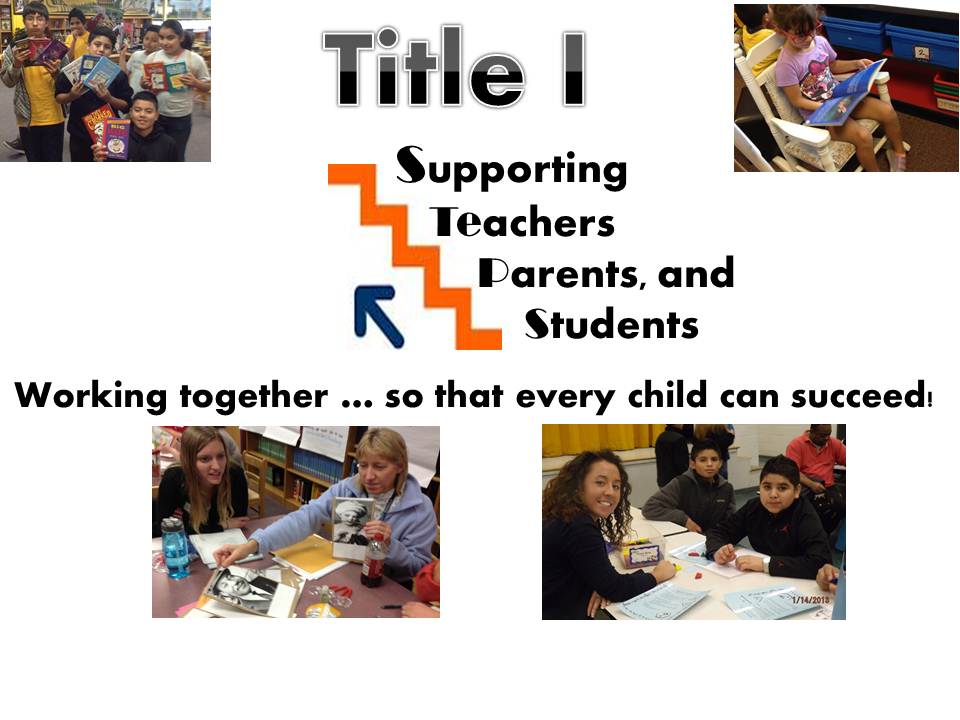Welcome to Title One

Overview
Title I is a federal grant program designed to give educational assistance to students living in areas of high poverty. The Title I program originated in 1965 when Congress passed the Elementary and Secondary Education Act and was reauthorized in 2015 with the passage of the Every Student Succeeds Act (ESSA). Title I is one of the oldest and largest federal programs supporting elementary and secondary education in existence and over 90 percent of the school systems in the United States receive some sort of Title I funding.
The Title I program provides financial assistance through State educational agencies (SEAs) to local educational agencies (LEAs) and public schools with high numbers or percentages of poor children to help ensure that all children meet challenging State academic content and student academic achievement standards. Title I reaches about 12.5 million students enrolled in both public and private schools. Title I funds may be used for children from preschool age to high school, but most of the students served (65 percent) are in grades 1 through 6; another 12 percent are in preschool and kindergarten programs.
KEY REQUIREMENTS OF TITLE I
Schools are ranked according to the percentage of students who qualify for Free and Reduced Lunch. Schools with 75% of students in poverty are automatically allocated Title I funding. Schools with 35 percent (or higher than the county's average)of students qualifying for free and reduced lunch are eligible to receive Title I funding, however, it is the discretion of the school division as to the number of schools to serve. There are currently 27 Title I elementary schools and three Title I middle schools in PWCS.
Title I funds are used to hire additional staff, purchase instructional materials, funds extended day learning opportunities and provide professional development to support students identified as low achieving in reading and math so that they are able to show proficiency on reading and math state assessments.
Title I schools are required to develop a parent engagement policy and compact that specifically outlines how the school will support parents with their students' learning.
John D. Jenkins Elementary School functions on a Title I Schoolwide model. In this model, schools must have 40 percent poverty or greater to implement a Schoolwide program. Funds are used to improve the overall academic program of the school.
A Title I Schoolwide team must annually develop a Schoolwide plan that includes the following:
- Comprehensive needs assessment
- Schoolwide reform strategies
- Provision for instruction by highly qualified professional staff
- Strategies for increasing parental involvement
- Plans to facilitate the transition from preschool to elementary school
- Measures for including teacher input to improve student performance and the overall instructional program
- Provision of assistance to struggling students
